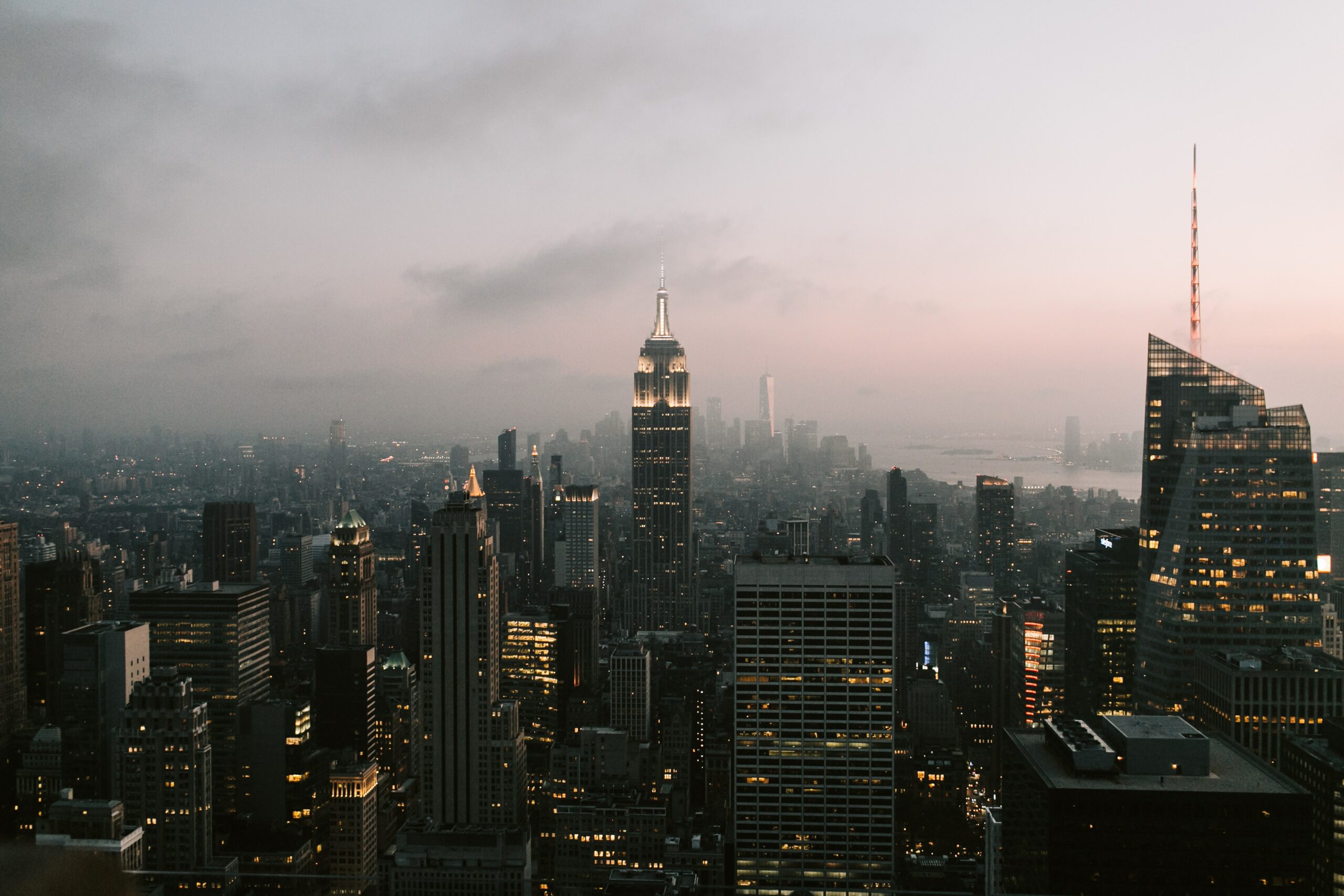What does the state of New York have in store for its future? New York is the City of Dreams and for a long time was considered the best city on Earth. It’s where Wall Street is which holds most of the wealth of the country. Possibly even the world. What happened to this great city and will it ever be back?
Politics is what is holding this city back and has caused so many to leave over the past years. When the lockdowns came, many people moved to the suburbs and even relocated to more conservative states like Florida and Texas. The politics have become so wacky that people with wealth don’t want to live there.
The taxes are so high and with companies relocating, there isn’t the same amount of economic abundance there once was. If the politics were to change and taxes were to be lowered, it could possibly become even stronger than it was before.
New York City was a hub for tourists and a travel destination for many. With the lockdowns, they banned indoor dining so many restaurants closed. NYC is known for great restaurants and they destroyed that business.
About New York
New York City is a metropolis that spans five boroughs along the Hudson River. The most populated borough, Manhattan, is home to some of the world’s most famous icons. These include the Empire State Building, the sprawling Central Park, and the neon-lit Times Square. The city also boasts several important cultural institutions.
While the Financial Crisis hit New York hard, the city’s real estate market recovered quickly and has seen its highest prices in many years. The city has become a magnet for ambitious individuals and the best brains in every sector. Increasingly, technology is playing a major role in the New York economy, and companies such as Amazon and Facebook have made substantial investments in the city. The advertising and media industry is still one of the city’s biggest drivers.
Another important adaptation to the new economy is to improve transit. The MTA has already begun adding more train and subway capacity. It may also look to provide more service in areas where workers have moved. However, the most important change will be a much stronger bus system. As a result, more people will be able to travel more easily and avoid crowds.
In the past, dialogue between the public and private sector has tended to be confrontational. Today, however, the two sides of the aisle have become united in their desire to help New Yorkers. The public health crisis and the government stimulus package have strengthened the connection between the two spheres of the local economy. The government has also been working hard to help small businesses, which are the lifeblood of New York. The economic crisis has also created a sense of community unity that had not previously existed. The resulting desire for economic recovery can be seen everywhere today.
Future of New York Symposium
The Future of New York Symposium at Fordham University School of Law was held on November 16, 1998. At this symposium, speakers presented their views on the state of the city. Professor Hammack spoke first, discussing the creation of Greater New York, the challenges that lie ahead, and his hopes for the future of the city. He also discussed the telecommunications revolution, and the dangers of national recession.
New York has also been implementing innovative plans to create a green economy. The State has invested $500 million in offshore wind and plans to build 9,000 megawatts of wind energy by 2035. It has also launched a program called ConnectALL, which is transforming the state’s digital infrastructure and bringing broadband to all New Yorkers.
The Center for an Urban Future is a nonprofit think tank that generates innovative policies that can help lower income New Yorkers to enter the middle class. Its data-driven reports have been a key catalyst for policy change in New York City and has helped guide government officials, community groups, and business leaders in making key decisions.
